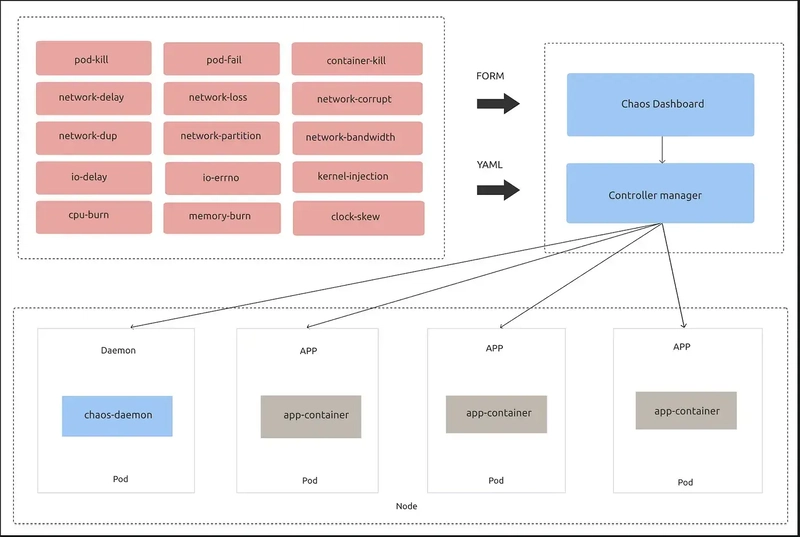MSP360 Managed Backup review: Track and manage backups for all your PCs
At a glanceExpert's Rating Pros File- and image-based backup Powerful online (web) management Console Local and online backup Pro-level features abound Cons Doesn’t support Consumer-grade online storage Costs add up Our Verdict MSP360 Managed Backup and its fully featured online Console let you control all your computer backups for a decently low fee. Local and online, file-based and imaging, along with disaster recovery are all provided via manageable local clients. Price When Reviewed This value will show the geolocated pricing text for product undefined Best Pricing Today Best Prices Today: MSP360 Managed Backup Retailer Price MSP360 $30 View Deal Price comparison from over 24,000 stores worldwide Product Price Price comparison from Backmarket If you have more than one computer to back up, you might want to consider the option- and feature-rich MSP360 Managed Backup. Its online console allows you to easily keep tabs on all your machines, perform various related functions, and track their backup status. You can also opt for remote control and management if you really have a lot of PCs to worry about. Local and online backup are supported, though the latter lacks hooks to consumer-grade storage services such as Dropbox, OneDrive, etc. Read on to learn more, then see our roundup of the best backup software for comparison. What are MSP360 Managed Backup’s features? MSP360 Managed Backup, nee Cloudberry Backup, supports both file- and image-based replication of your data. The client (shown below) is almost identical to the standalone desktop version of MSP360 Backup that I recently reviewed, but connects with the online management console so you can manage it remotely. Upgrades are of course available. Granular scheduling is one of MSP360’s strengths. Of which it has many. This is the desktop client. The list of the online storage services that MSP360 Managed Backup supports is extensive, but doesn’t include consumer favorites such as OneDrive, Google Drive, Dropbox, etc. What it does support are: Wasabi (default), Amazon AWS S3, Microsoft Azure/Azure VM, Backblaze B2, Google Cloud, and Minio. You may also employ S3-compatible services, many of which are very affordable. The online storage service destination definition dialog from MSP360’s local client. Local disaster recovery is implemented via the usual WinPE (Linux is also common) boot disc, as shown below. Bare metal recovery basically means you can restore to dissimilar hardware without having to worry about hunting down drivers. The MSP360 disaster recovery boot disc. As for the online management console, which is the whole reason you might want MSP360 Managed Backup versus its standalone variant, it is slick, full-featured, and very efficient once you are up to speed. It does, however, take a bit of getting used to. There’s a lot there and it will only be intuitive if you’re used to remote management. You can of course manage all the local clients, install agents remotely (as long as there’s something connected already), and even control them remotely (extra charge). There are also reports and analysis aplenty of both the clients and whatever storage service you are using. If you aren’t using one, you can stick with backups to local media if you so desire. There’s also the remote control and management (the RMM in the graphic below), the latter of which is used to roll out updates and set the policies (update permissions, installation privileges, etc.) for groups of PCs. While I’ll say that RMM is of little interest to most end-users, I know of at least one guy who manages his entire trans-continental family’s computer network using RMM. The two computers I used to test MSP360 Managed Backup’s online console. One of my favorite features is object lock, aka immutability. This means no one can change the data, including legitimate users, until you remove the lock. Having suffered a ransomware attack once when I foolishly hosted my website on my own NAS box, I can readily appreciate the utility of this. MSP360 Management console email and downloads sections. Other online features include the ability to purchase and manage licenses, set up notification options, managing storage and billing, etc. Below you’ll see some iOS captures of the MSP360 app. While it can’t manage backups like the online management console, it can tell you plenty about the status. It’s also used in 2FA when you login online. In fact, it’s required. Industrial

Expert's Rating
Pros
- File- and image-based backup
- Powerful online (web) management Console
- Local and online backup
- Pro-level features abound
Cons
- Doesn’t support Consumer-grade online storage
- Costs add up
Our Verdict
MSP360 Managed Backup and its fully featured online Console let you control all your computer backups for a decently low fee. Local and online, file-based and imaging, along with disaster recovery are all provided via manageable local clients.
Price When Reviewed
This value will show the geolocated pricing text for product undefined
Best Pricing Today
Best Prices Today: MSP360 Managed Backup
If you have more than one computer to back up, you might want to consider the option- and feature-rich MSP360 Managed Backup. Its online console allows you to easily keep tabs on all your machines, perform various related functions, and track their backup status. You can also opt for remote control and management if you really have a lot of PCs to worry about.
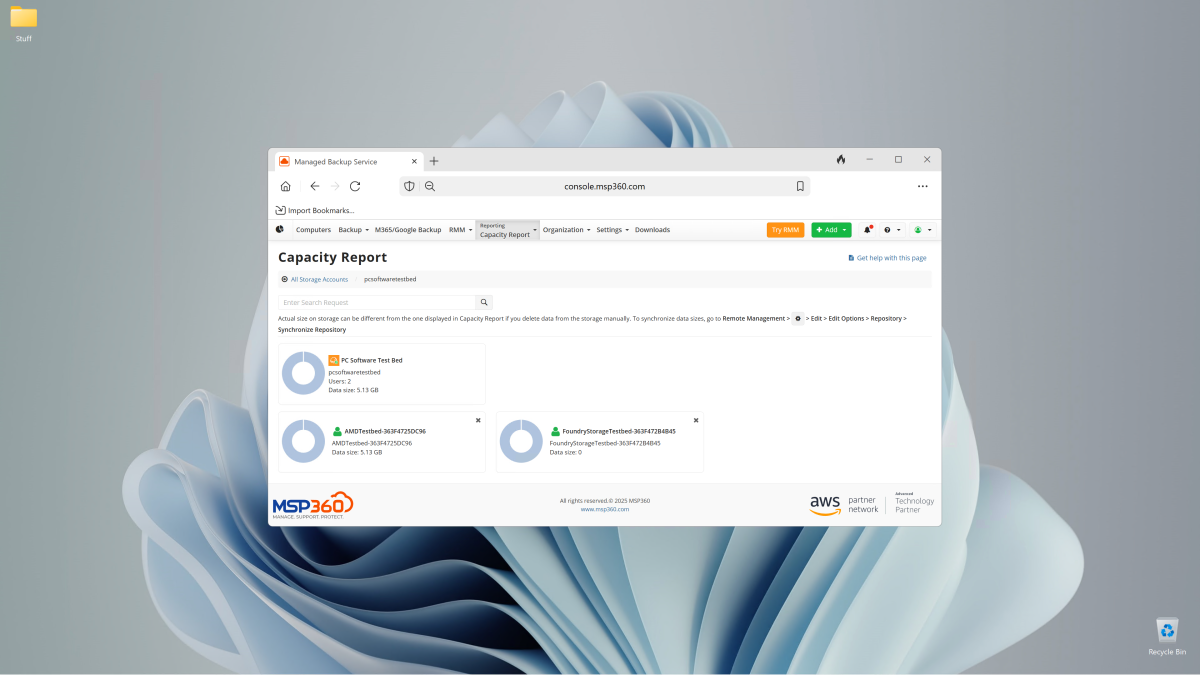
Local and online backup are supported, though the latter lacks hooks to consumer-grade storage services such as Dropbox, OneDrive, etc.
Read on to learn more, then see our roundup of the best backup software for comparison.
What are MSP360 Managed Backup’s features?
MSP360 Managed Backup, nee Cloudberry Backup, supports both file- and image-based replication of your data. The client (shown below) is almost identical to the standalone desktop version of MSP360 Backup that I recently reviewed, but connects with the online management console so you can manage it remotely. Upgrades are of course available.
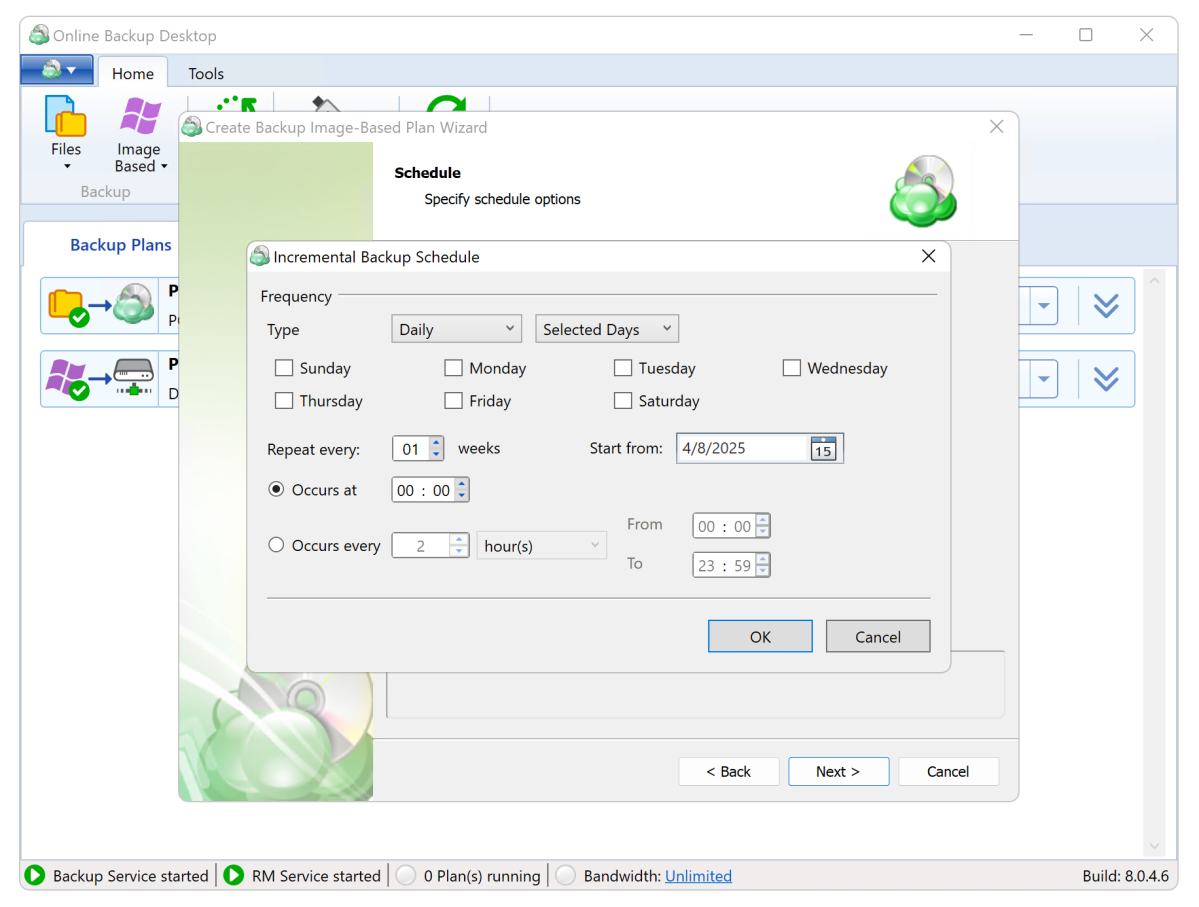
The list of the online storage services that MSP360 Managed Backup supports is extensive, but doesn’t include consumer favorites such as OneDrive, Google Drive, Dropbox, etc. What it does support are: Wasabi (default), Amazon AWS S3, Microsoft Azure/Azure VM, Backblaze B2, Google Cloud, and Minio. You may also employ S3-compatible services, many of which are very affordable.
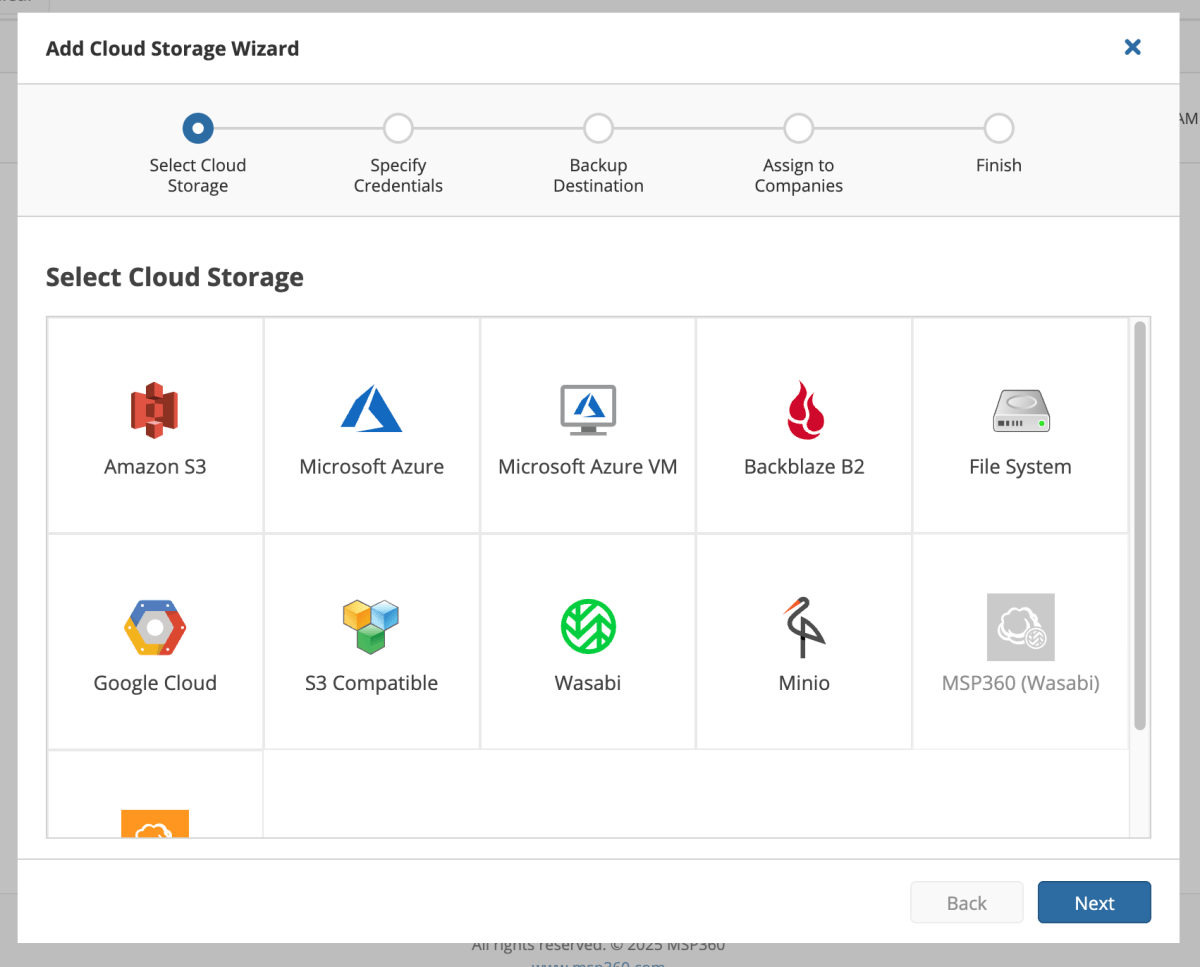
Local disaster recovery is implemented via the usual WinPE (Linux is also common) boot disc, as shown below. Bare metal recovery basically means you can restore to dissimilar hardware without having to worry about hunting down drivers.
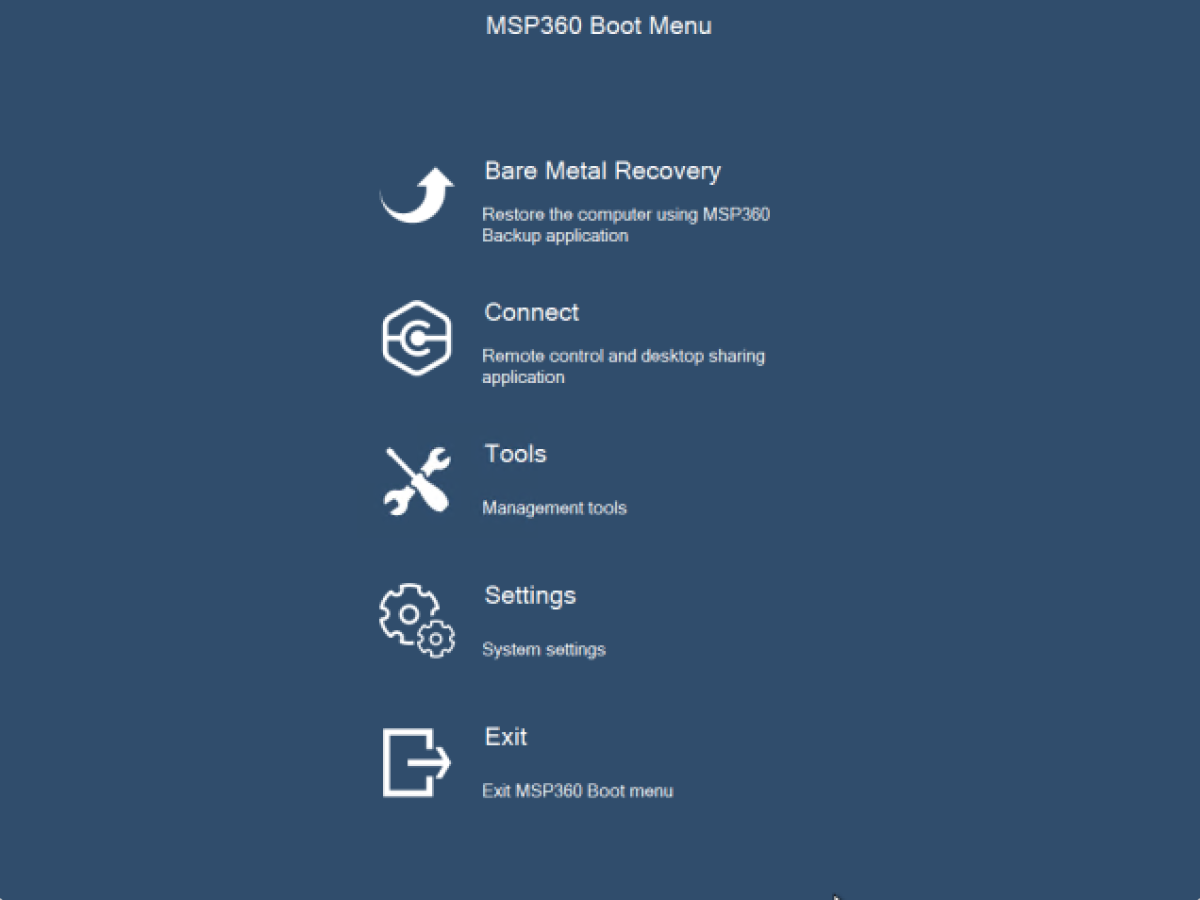
As for the online management console, which is the whole reason you might want MSP360 Managed Backup versus its standalone variant, it is slick, full-featured, and very efficient once you are up to speed. It does, however, take a bit of getting used to. There’s a lot there and it will only be intuitive if you’re used to remote management.
You can of course manage all the local clients, install agents remotely (as long as there’s something connected already), and even control them remotely (extra charge). There are also reports and analysis aplenty of both the clients and whatever storage service you are using. If you aren’t using one, you can stick with backups to local media if you so desire.
There’s also the remote control and management (the RMM in the graphic below), the latter of which is used to roll out updates and set the policies (update permissions, installation privileges, etc.) for groups of PCs.
While I’ll say that RMM is of little interest to most end-users, I know of at least one guy who manages his entire trans-continental family’s computer network using RMM.
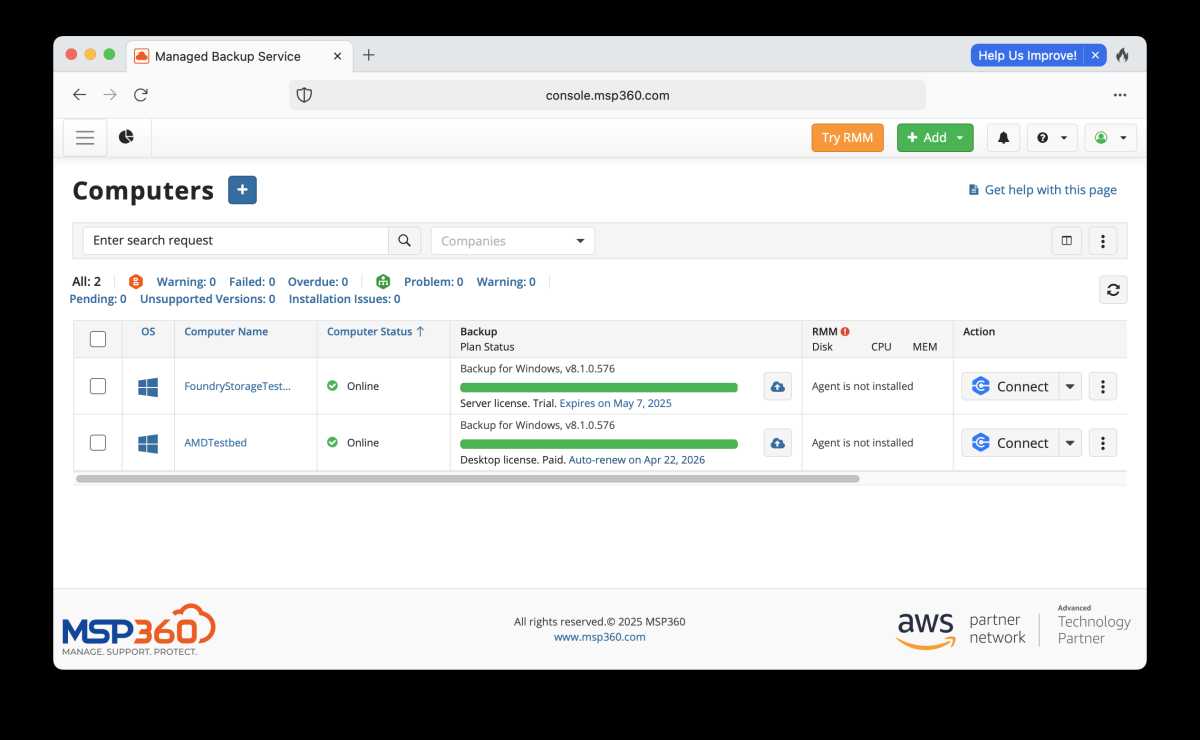
One of my favorite features is object lock, aka immutability. This means no one can change the data, including legitimate users, until you remove the lock. Having suffered a ransomware attack once when I foolishly hosted my website on my own NAS box, I can readily appreciate the utility of this.
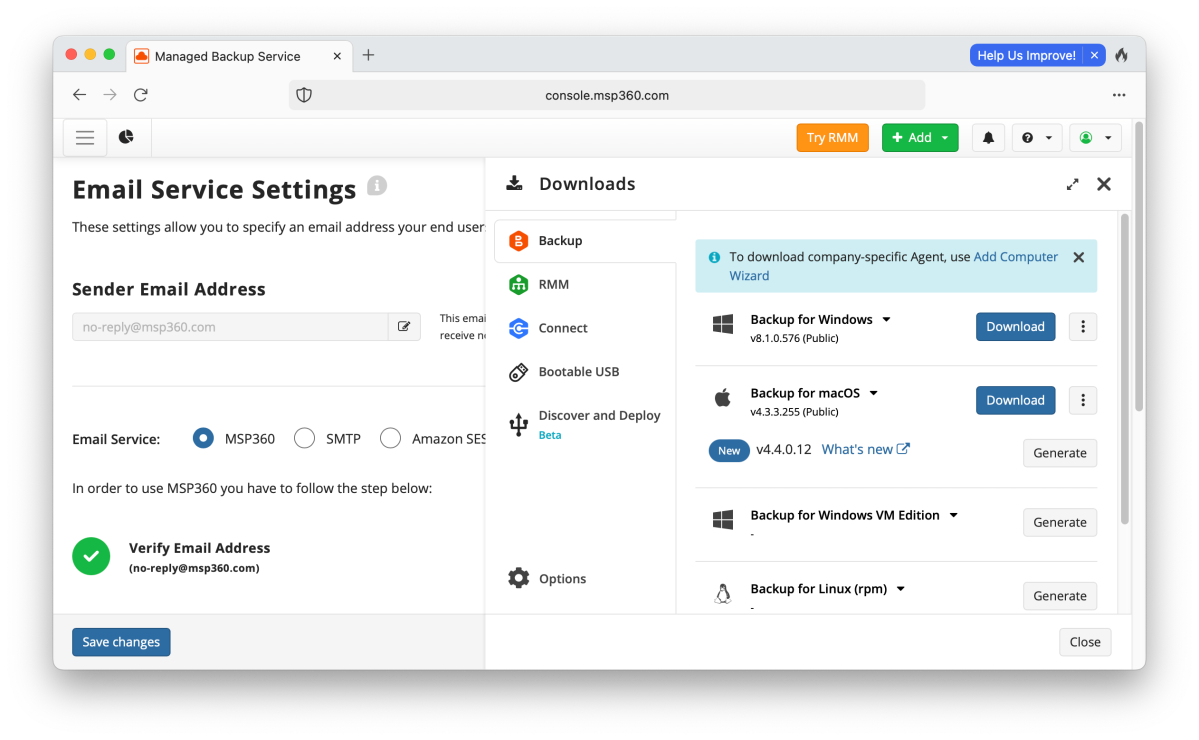
Other online features include the ability to purchase and manage licenses, set up notification options, managing storage and billing, etc.
Below you’ll see some iOS captures of the MSP360 app. While it can’t manage backups like the online management console, it can tell you plenty about the status. It’s also used in 2FA when you login online. In fact, it’s required. Industrial strength security here, though you can disable the 2FA.
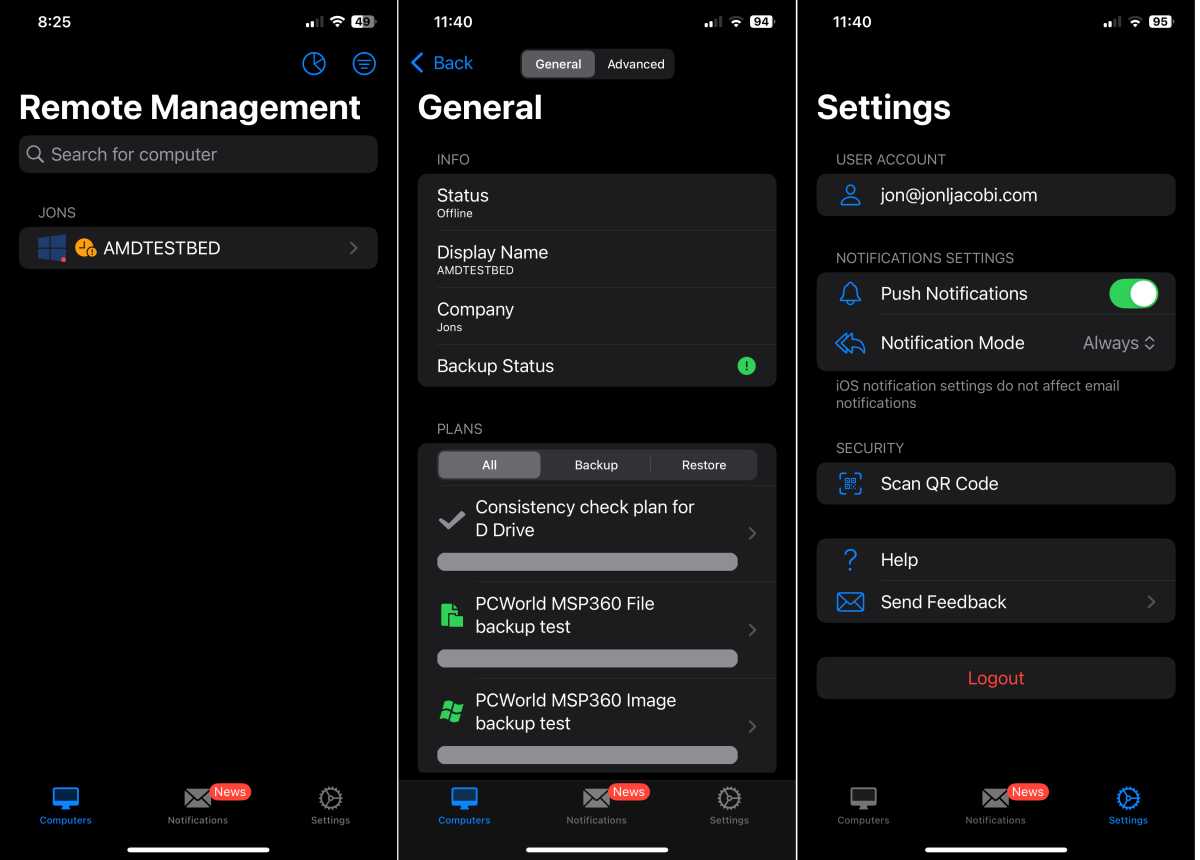
Having once managed several SMB computer fleets (using Kaseya) remotely, I found MSP360 Managed Backup more than adequate to the task. I didn’t take the RMM for a spin, but I wish I’d had this service back in the day. Good stuff.
How much is MSP360 Managed Backup?
While I’m reviewing MSP360 Manage Backup as a consumer product, and there are certainly users and small businesses who it would benefit, it’s just a wee bit of a stretch for the average user due to the overall price. The MSP360 service is $2.50 a month, or $30 a year per computer. That’s not bad at all, but then you’ll probably want to add online storage — which is where the lack of support for consumer-oriented storage services you might already have could hurt.
Of course, you can work around this limitation and use virtually any online storage service by mounting it locally using cloud manager software. It’s an extra step, but hey.
MSP360 defaults to Wasabi, which is $6 a month per TB, or $72 a year. That’s competitive with most other services, but shop around for the best deal. When you check pricing, remember that this is purely for backup, and not working online or syncing between computers. Those that are pure storage tend to be a bit cheaper.
Using MSP360’s default pricing, a household of five computers, backing up only essential data to a single 1TB Wasabi account would cost you around $222 a year. What kind of bargain you consider that, only you will know. It might be a bit much for a family, but I’d call it insignificant for a small business.
Note that the Connect and RMM services incur additional costs: $90 per year for the former and $60 a month for the latter. Also, it’s difficult to find pricing on the MSP360 website. I’m going off what the media relations folks told me.
Per-computer pricing could make MSP360 Manage Backup a bit pricey for a family or totally reasonable for a small business.
How does MSP360 Managed Backup perform?
The local client was flawless in my hands-on, as long as there was enough room on the destination. The program actually warned me that there wasn’t enough space (our previous look at the client saw no warning) — then promptly let me try to fit 1.2TB of data into 450GB of space. I understand compression can reduce size, but not by 750GB. Just say no!
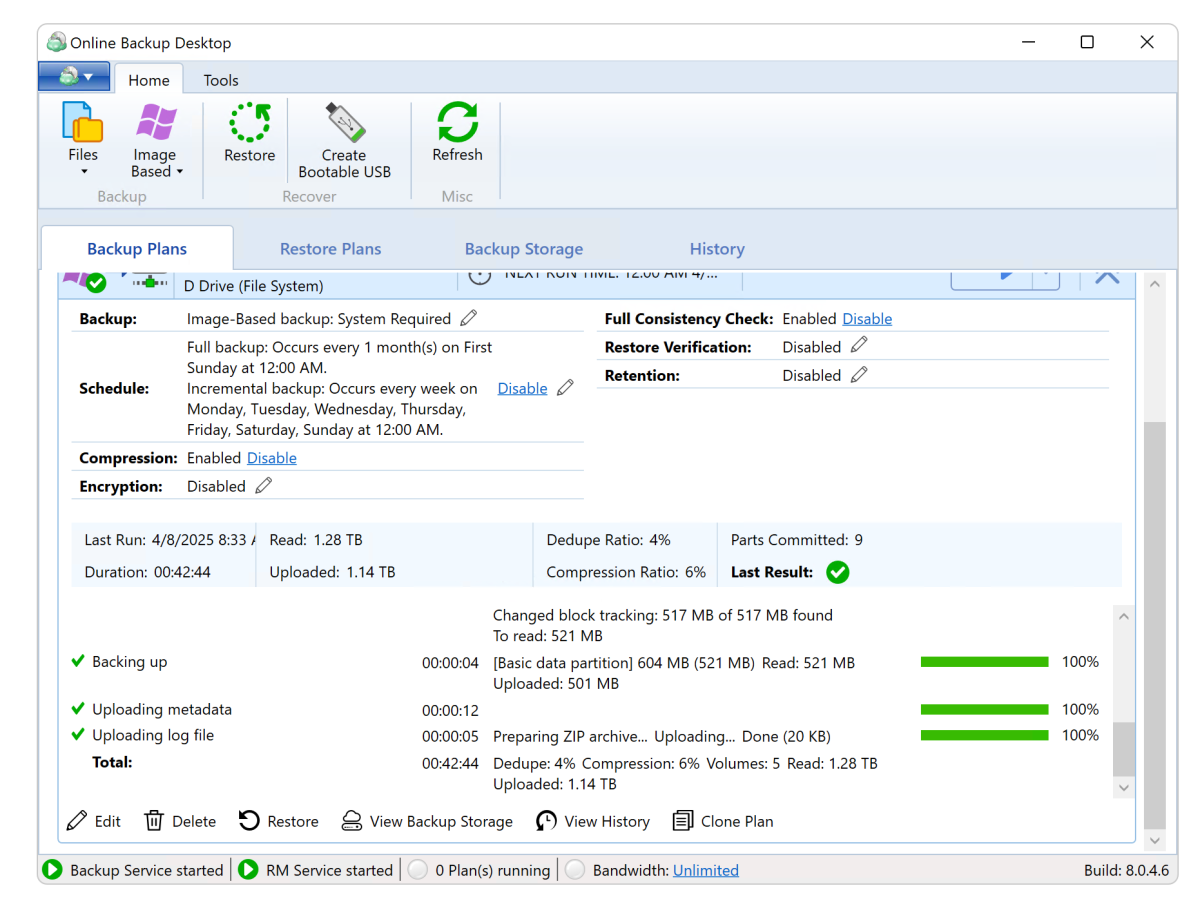
To be fair, I experienced issues of the same ilk with an old faithful favorite — R-Drive Image. Trusting the intelligence and diligence of your users is great, but every once in a while guardrails are appropriate.
Beyond the attempt at bliveting (trying to stuff 10 pounds of “stuff” into a 5 pound bag), local, network (mounted drives), and online backups all went off without a hitch and in what I consider a sprightly fashion — i.e., roughly in line with the speed of the operating system, connection, and media involved.
The disaster recovery disk booted fine and restore operations all succeeded. Can’t ask for more than that. The management console connected successfully and in short order with the clients I had installed, and there wasn’t a lot of lag in updating information.
Is MSP360 Managed Backup worth it?
If you have multiple PCs to back up and monitor, and aren’t committed to an online storage vendor that’s not supported, then yes. Even if you are committed to one online service, there are roundabout ways to still utilize it. Also, redundancy isn’t a bad thing when it comes to backup.




















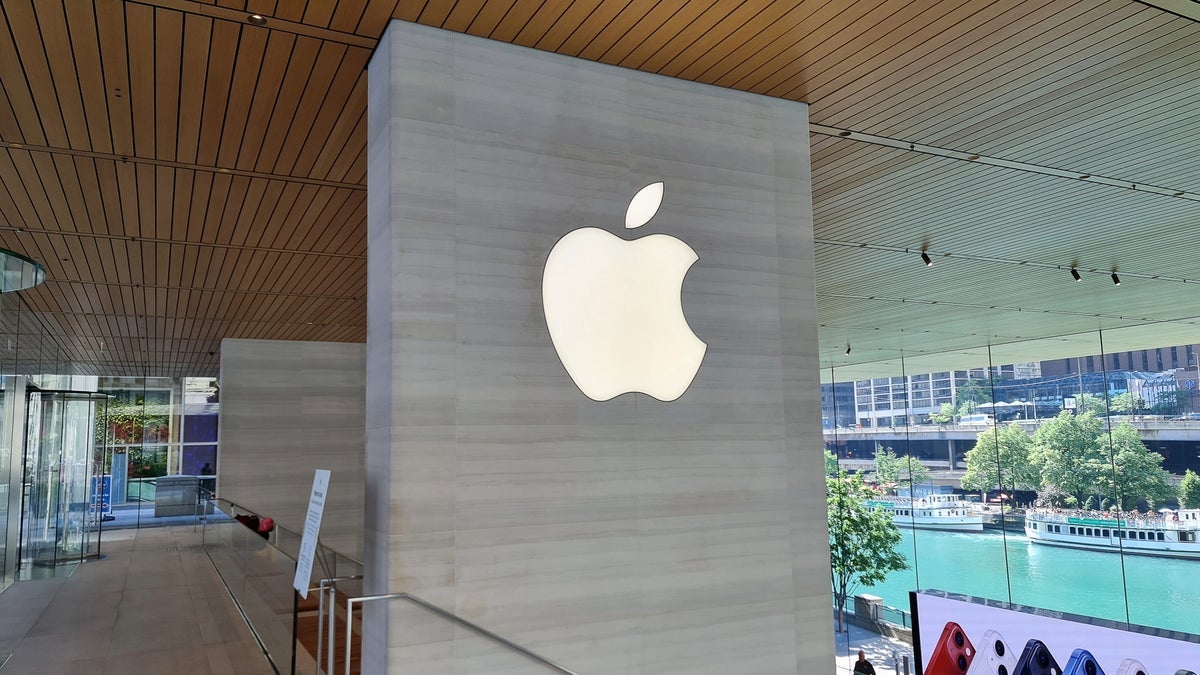


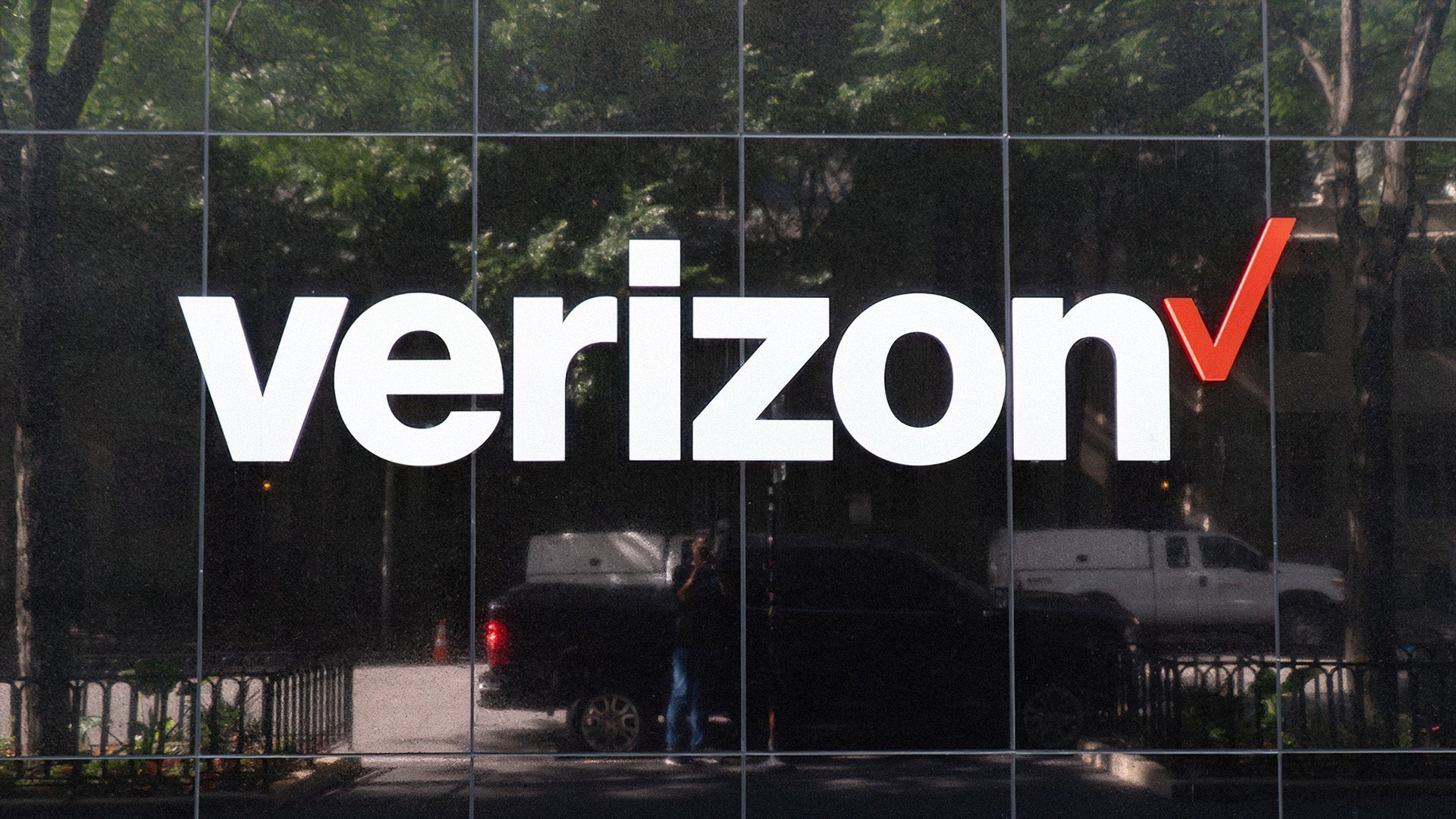



















































![Beats Studio Pro Wireless Headphones Now Just $169.95 - Save 51%! [Deal]](https://www.iclarified.com/images/news/97258/97258/97258-640.jpg)


































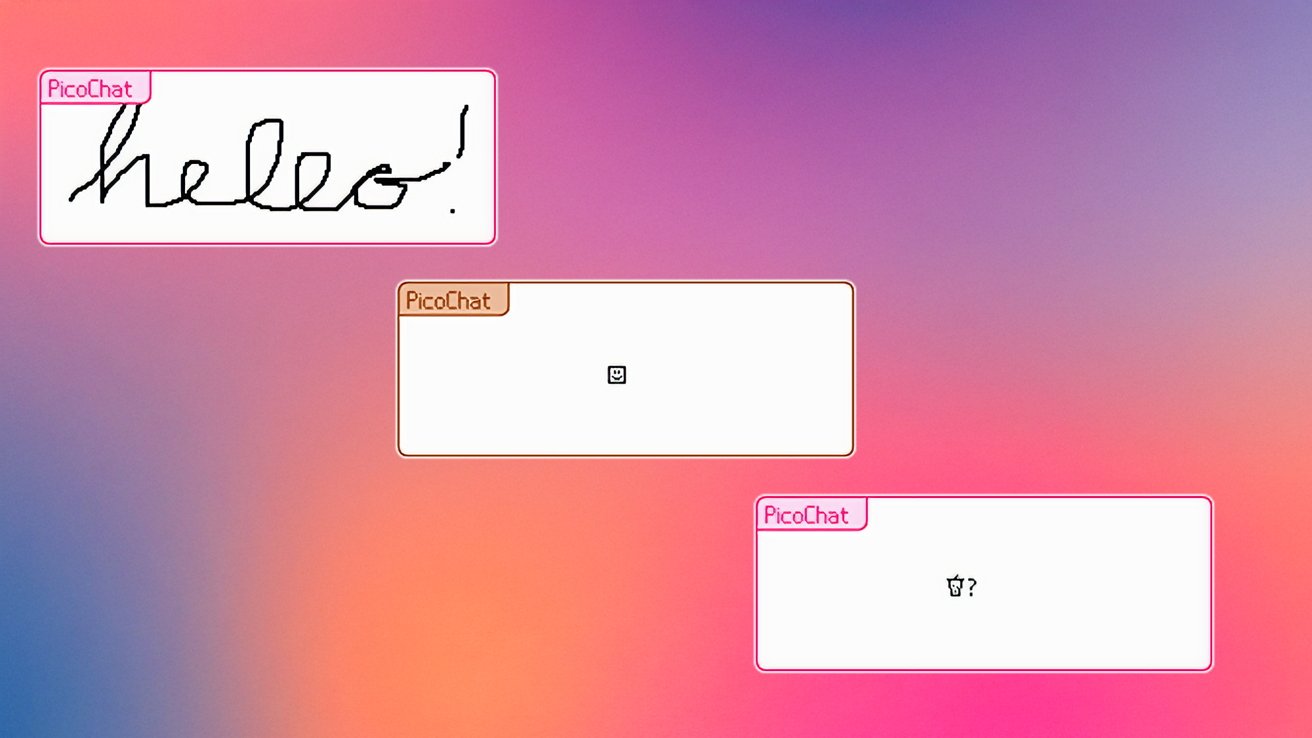











































































































































































































![[The AI Show Episode 146]: Rise of “AI-First” Companies, AI Job Disruption, GPT-4o Update Gets Rolled Back, How Big Consulting Firms Use AI, and Meta AI App](https://www.marketingaiinstitute.com/hubfs/ep%20146%20cover.png)

















































































































